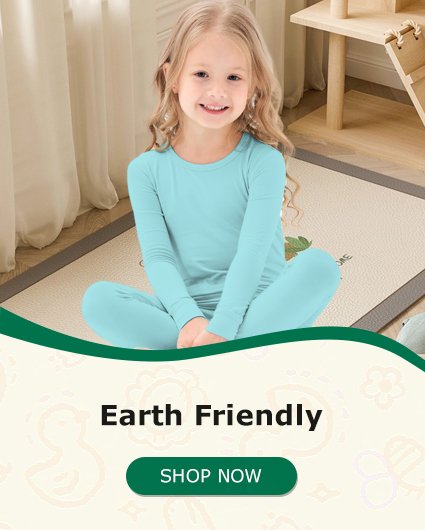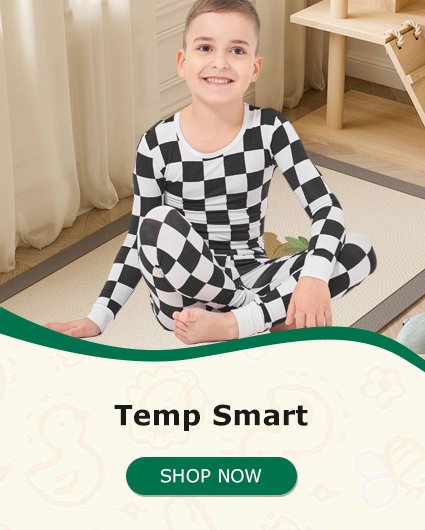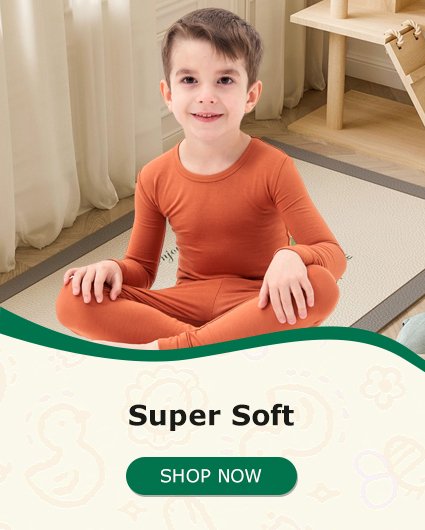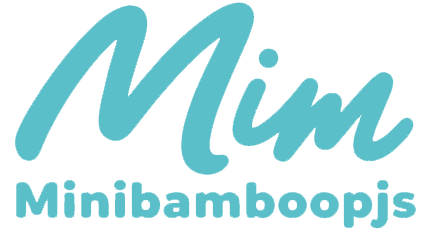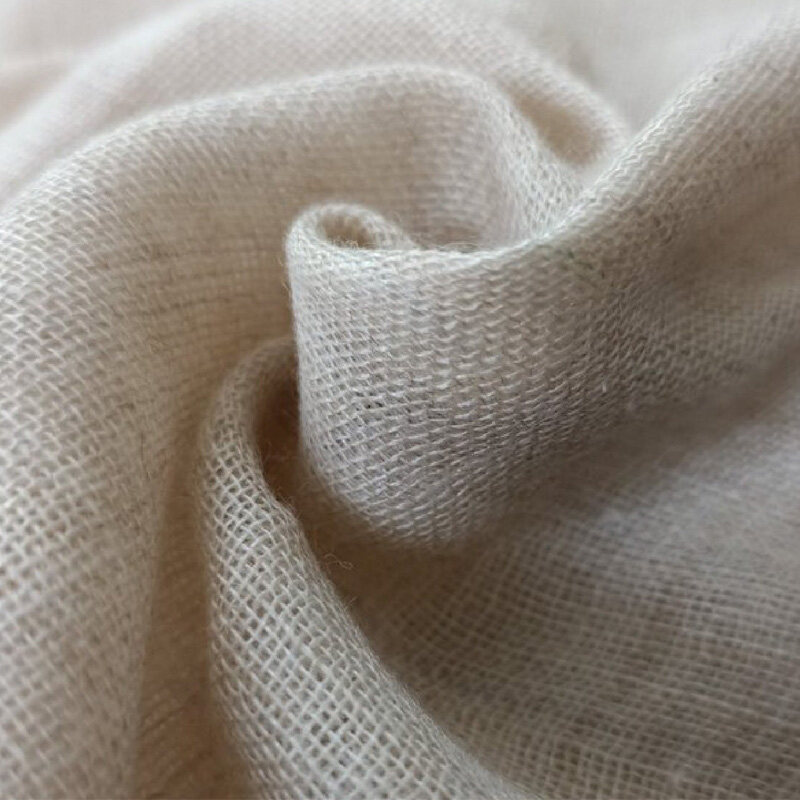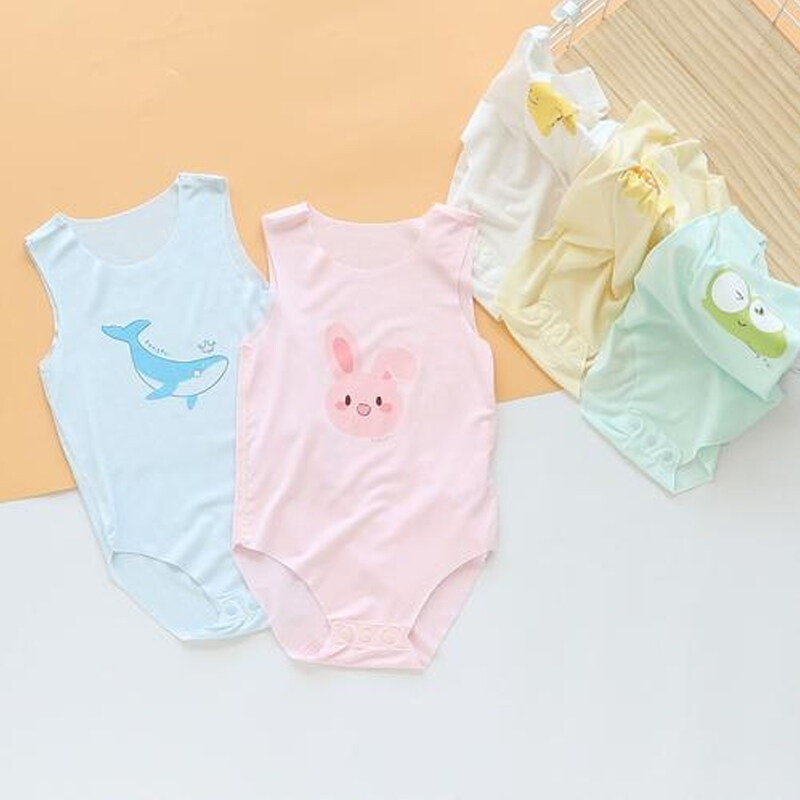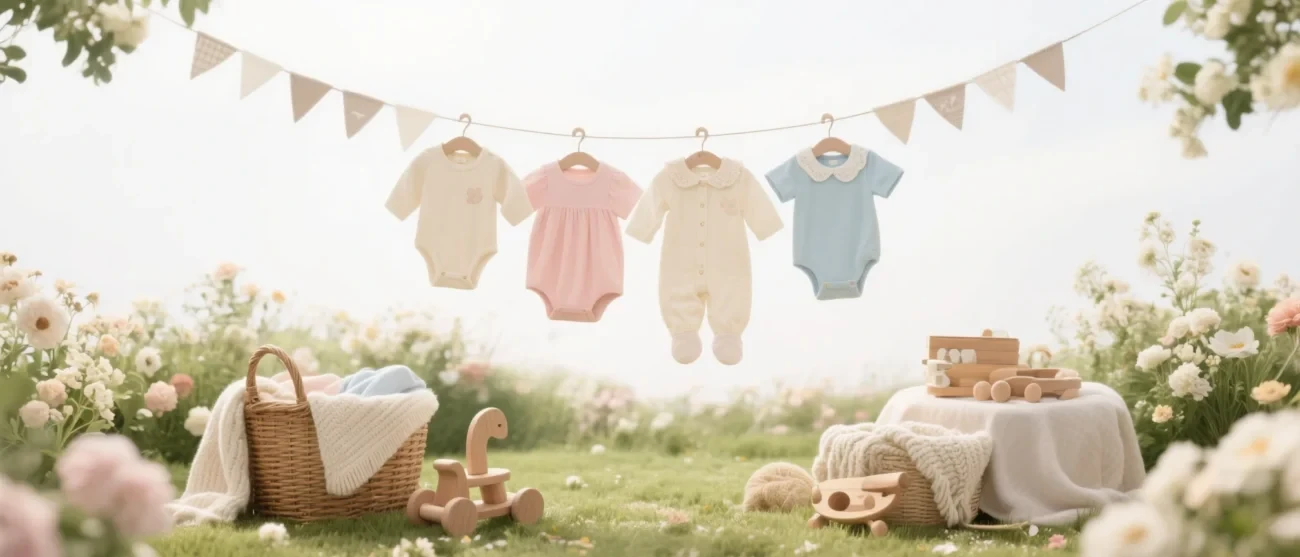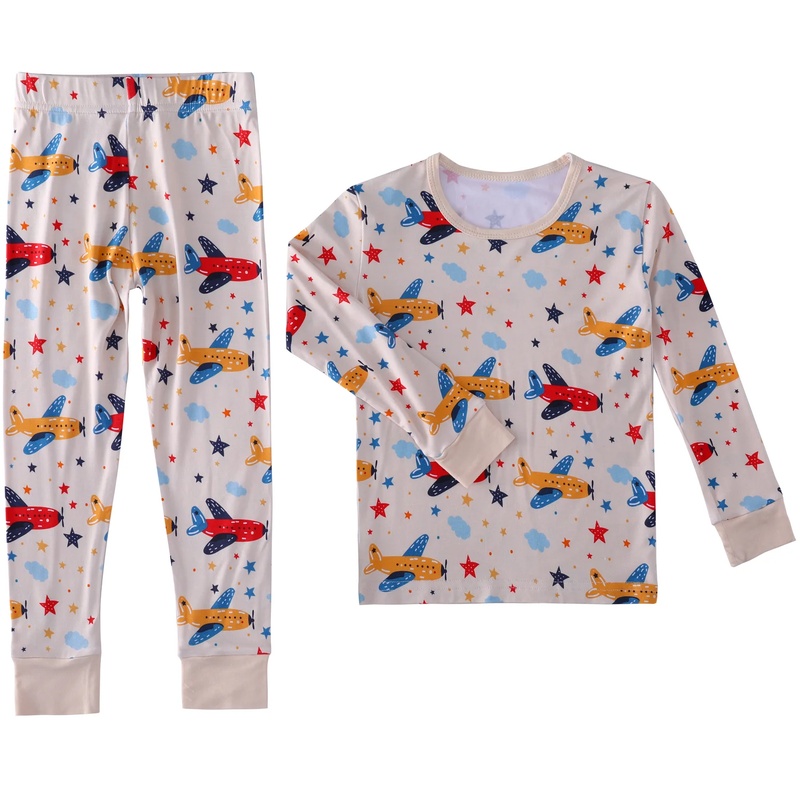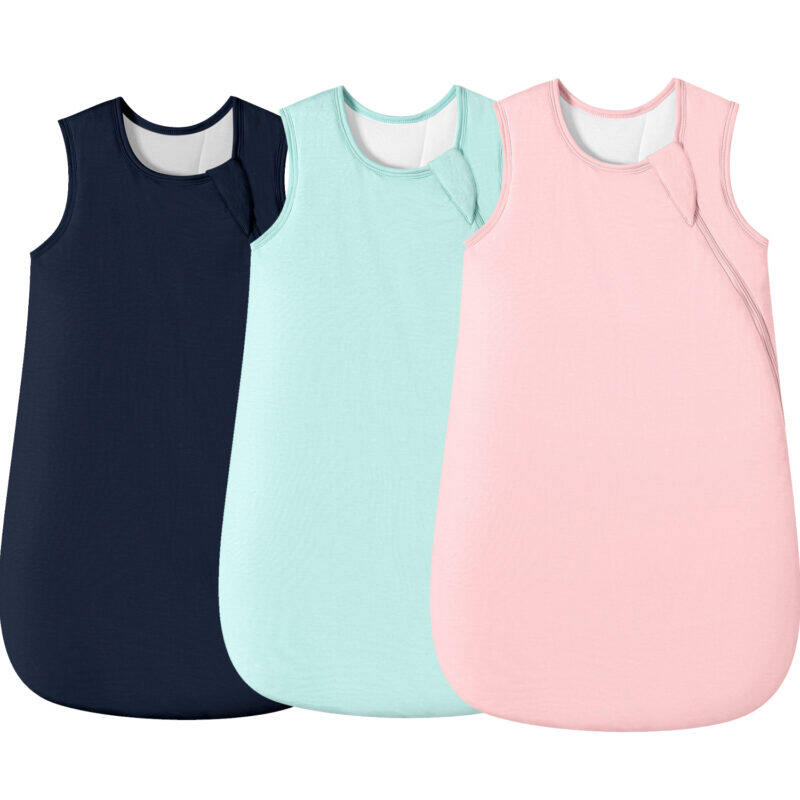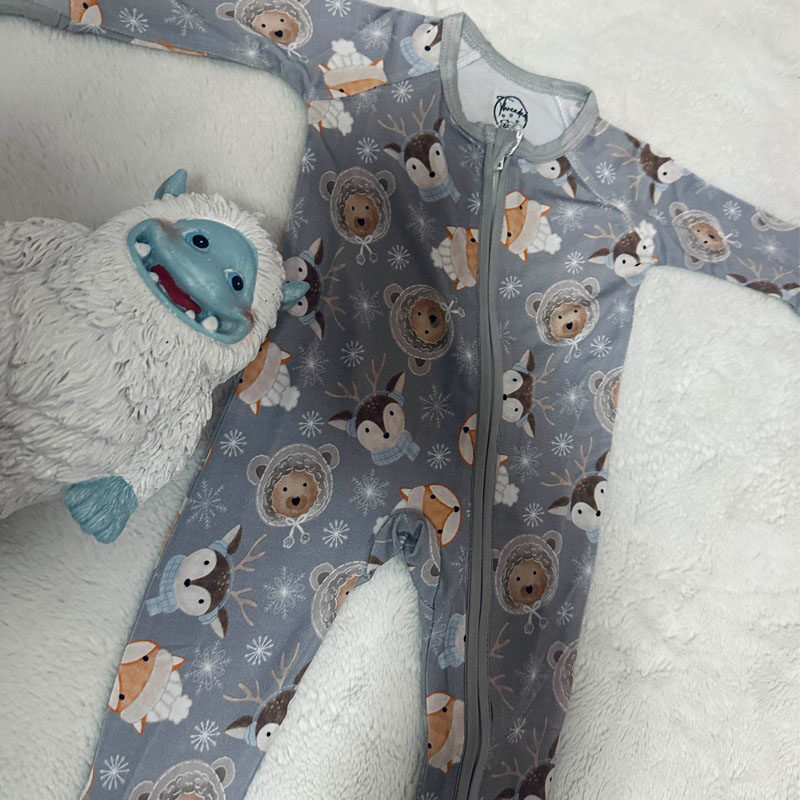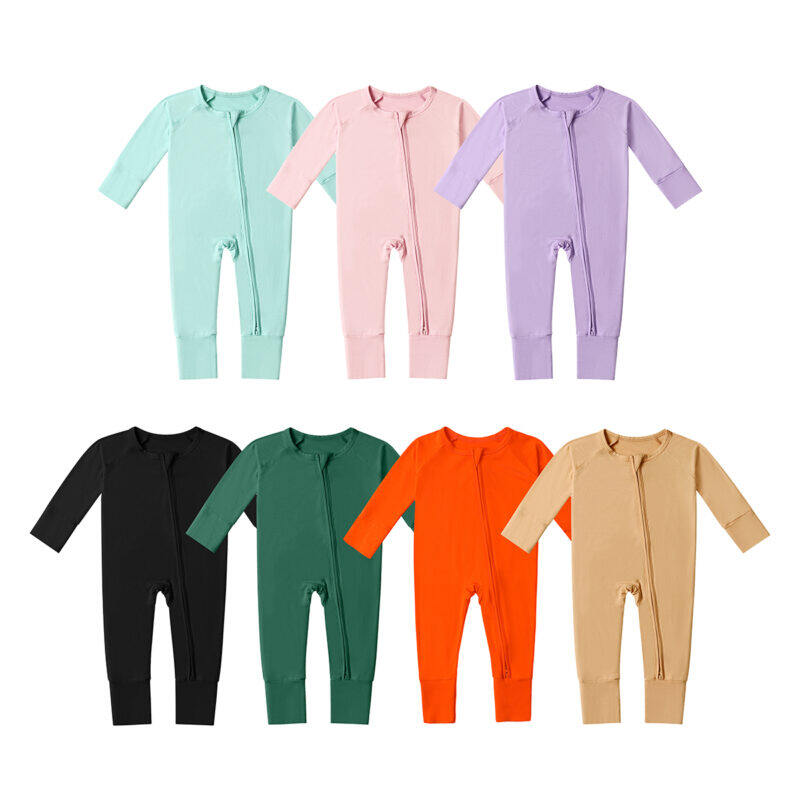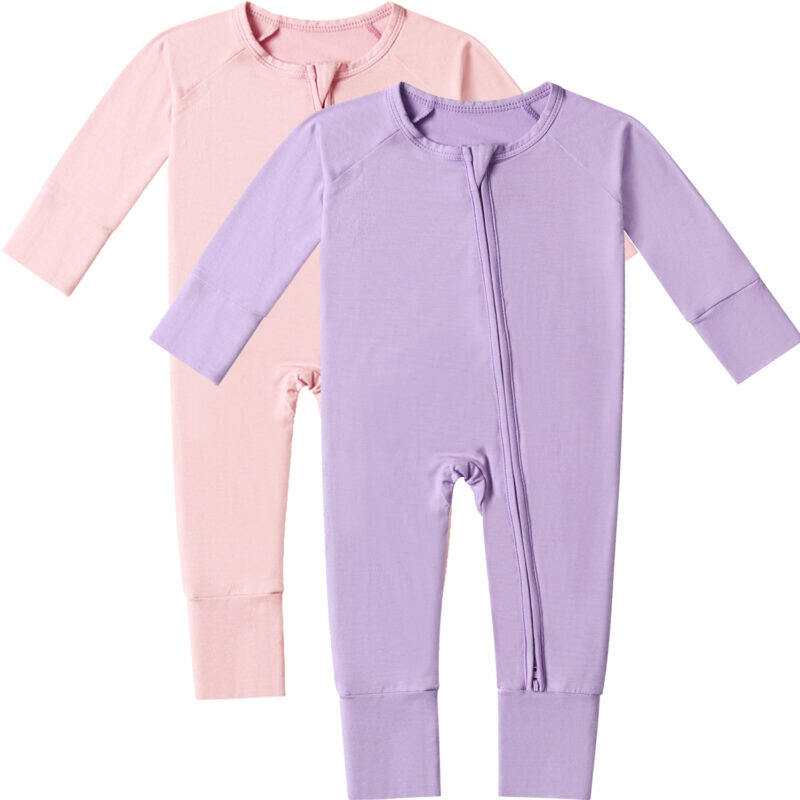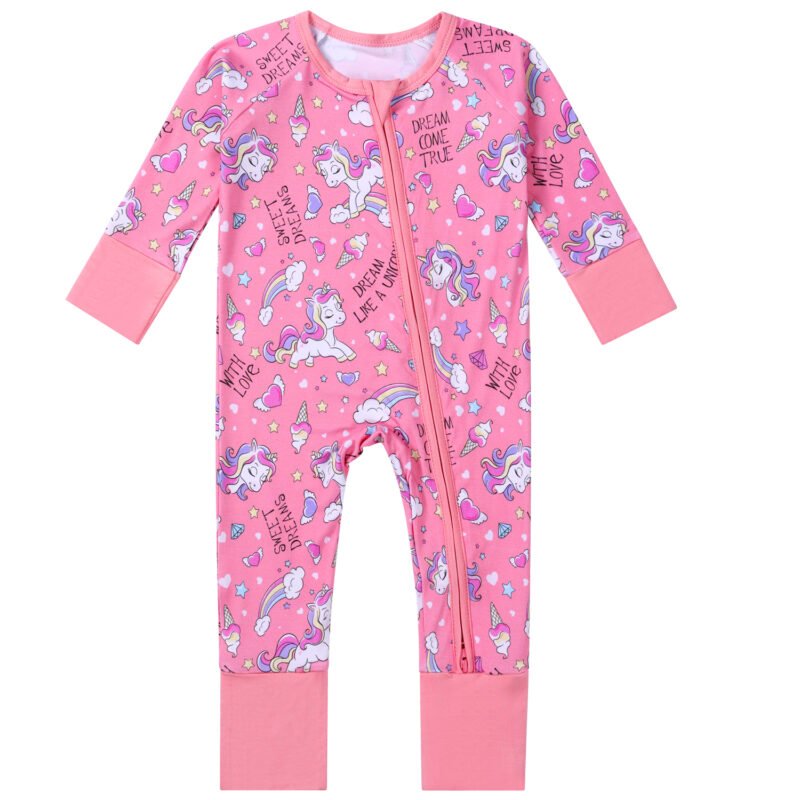Bamboo Fabric Showdown: Rayon vs. Viscose vs. Lyocell vs. “100%” vs. Linen – Which is Truly Best?
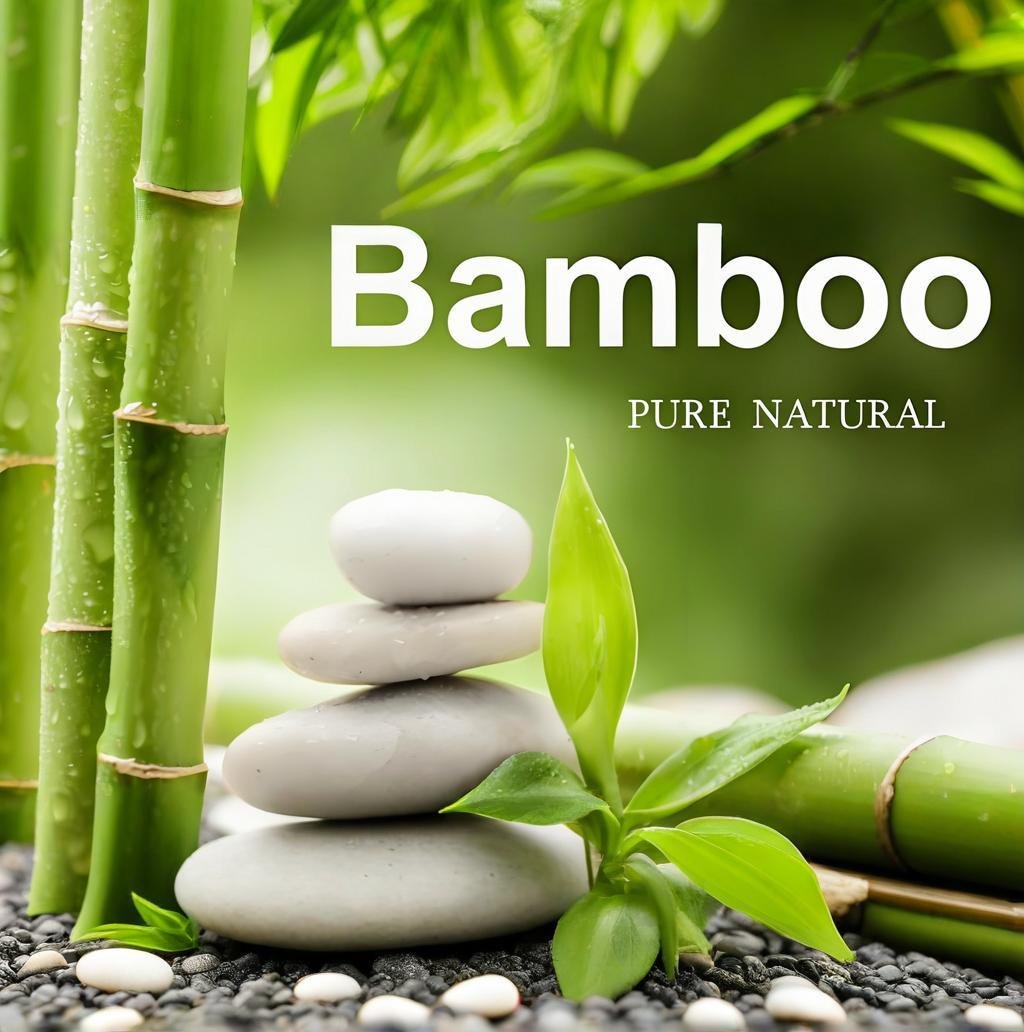
Bamboo fabric is taking the sustainable fashion world by storm – and for good reason! Renowned for its incredible softness, breathability, moisture-wicking abilities, and natural antimicrobial properties, bamboo offers comfort that rivals silk and performance often exceeding cotton. It’s gentle on sensitive skin, thermoregulating (cool in summer, warm in winter), and boasts strong eco-credentials due to bamboo’s rapid growth and low environmental impact as a raw material.
But here’s the catch: not all bamboo fabrics are created equal. Walk into any store or browse online, and you’ll encounter a confusing array of labels: Bamboo Rayon, Bamboo Viscose, Bamboo Lyocell, “100% Bamboo,” even Bamboo Linen. What do these terms actually mean? Is one more sustainable, softer, or more durable?
The secret lies entirely in the manufacturing process. How bamboo pulp is transformed into wearable fiber dramatically impacts the final fabric’s feel, performance, and environmental footprint. Let’s cut through the jargon and uncover the real differences.
1. Bamboo Rayon (The Most Common Type)
- How it’s Made: Bamboo cellulose (from the plant’s pulp) is dissolved using potent chemical solvents (often involving carbon disulfide) to create a thick, viscous solution. This “goo” is then forced through tiny spinnerets into a chemical bath, where it solidifies into fine fibers. These fibers are spun into yarn and woven/knitted into fabric. This is the dominant production method for bamboo textiles.
- Feel & Properties:
- Silky Smooth & Drapey: Feels luxuriously soft against the skin, often compared to silk or high-thread-count cotton. Drapes beautifully.
- Highly Absorbent & Breathable: Wicks moisture away efficiently, keeping you cool and dry. Excellent for activewear and warm climates.
- Thermoregulating: Helps maintain a comfortable body temperature.
- Naturally Hypoallergenic & Antimicrobial: Resists odor-causing bacteria and is gentle for sensitive skin.
- Relatively Affordable: Widely available at various price points.
- The Eco Question: The traditional viscose/rayon process is notoriously chemical-intensive. While the bamboo source is renewable and fast-growing, the solvents used can be harmful to workers and the environment if not strictly managed. Wastewater generation is significant. It’s generally considered the least eco-friendly bamboo processing method. *Look for Oeko-Tex Standard 100 certification to ensure safety from harmful residues.*
2. Bamboo Viscose (Hint: It’s the Same as Rayon!)
- The Crucial Truth: “Bamboo Rayon” and “Bamboo Viscose” are essentially the SAME FABRIC. Both terms refer to material produced using the viscose process described above. The different names stem from historical and regional labeling conventions, not a difference in the fabric itself.
- Why the Confusion? Some brands or regions might use one term more frequently, leading consumers to believe they are distinct. Don’t be misled – their properties and manufacturing are identical.
3. Bamboo Lyocell (The Eco-Champion)
- How it’s Made: This method uses a different, more modern and less toxic solvent (usually N-Methylmorpholine N-oxide, or NMMO) in a revolutionary closed-loop system. Bamboo pulp is dissolved, spun into fibers, and then the solvent is recovered (over 99% efficiency), purified, and reused repeatedly. Water consumption is also drastically reduced compared to the viscose process.
- Feel & Properties:
- Exceptionally Soft & Smooth: Often described as even softer, more fluid, and more luxurious than rayon/viscose. A premium feel.
- Superior Moisture Management: Highly absorbent and breathable, excellent at wicking sweat and regulating temperature. Particularly effective at providing a cooling sensation.
- Strong & Durable: Lyocell fibers are significantly stronger, especially when wet, than rayon/viscose fibers. Garments hold their shape better and last longer.
- Wrinkle-Resistant: Tends to resist creasing much better than rayon/viscose or linen.
- Hypoallergenic & Antimicrobial: Inherits bamboo’s natural skin-friendly benefits.
- The Eco Advantage: This is the clear sustainability leader among chemically processed bamboo fabrics. The closed-loop system minimizes chemical pollution, waste, and water usage. The solvent is significantly less toxic than those used in viscose. TENCEL™ Lyocell is a leading brand known for its stringent eco-standards. Always look for Lyocell or TENCEL™ branding and Oeko-Tex certification.
4. “100% Bamboo” (Decoding the Ambiguous Label)
- What it Means (and Doesn’t Mean): This label primarily indicates the fabric is not blended with other fibers like cotton, polyester, or spandex. Crucially, it tells you nothing about the processing method.
- The Reality: “100% Bamboo” fabric is almost always Bamboo Rayon/Viscose or Bamboo Lyocell. Truly mechanical bamboo linen (see below) is rarely labeled simply as “100% Bamboo” without further clarification. The vast majority of items labeled “100% Bamboo” use the conventional viscose process.
- Takeaway: See “100% Bamboo”? Dig deeper! Check the product description, care label, or brand sustainability page. Does it specify Rayon, Viscose, Lyocell, TENCEL™, or Mechanical Processing? If it doesn’t explicitly say Lyocell or Mechanical, assume it’s Rayon/Viscose.
5. Bamboo Linen / Mechanical Bamboo (The Natural Original)
- How it’s Made: This is the only bamboo fabric created without chemical dissolution. Bamboo stalks are mechanically crushed. The woody parts are then broken down using natural enzymes or mild bacteria through a process called retting (similar to traditional linen production from flax). The remaining long, strong bast fibers are combed and spun directly into yarn.
- Feel & Properties:
- Textured & Crisp: Offers a distinctly different feel – more textured, slightly rougher initially (like traditional linen), and stiffer than silky bamboo rayons/lyocells. It softens beautifully with repeated washing.
- Highly Breathable & Absorbent: Exceptional for hot, humid weather; very cooling.
- Exceptionally Durable & Strong: The strongest form of bamboo fabric due to the intact natural fibers.
- Highly Sustainable: Minimal chemical input, relying mostly on mechanical and natural biological processes. Lowest environmental impact.
- Wrinkles Easily: Shares linen’s characteristic relaxed, lived-in, crumpled aesthetic (considered a feature, not a flaw).
- Rarity & Cost: This is the least common bamboo fabric type due to its more labor-intensive production process, often making it the most expensive option. It offers a unique, eco-friendly, textured look and feel.
Bamboo Fabric Comparison at a Glance:
| Feature | Bamboo Rayon/Viscose | Bamboo Lyocell (e.g., TENCEL™) | “100% Bamboo” (Typical Meaning) | Bamboo Linen (Mechanical) |
|---|---|---|---|---|
| Primary Process | Chemical (Viscose) | Chemical (Closed-Loop Lyocell) | See Rayon/Viscose or Lyocell | Mechanical/Biological |
| Eco-Friendliness | Low (Chemicals, Wastewater) | High (Closed-Loop, Low Toxicity) | Depends on Process | Very High (Low Chem) |
| Feel & Drape | Silky, Soft, Fluid | Ultra-Silky, Softest, Fluid | Silky (Usually Viscose) | Textured, Crisp, Softens |
| Moisture Wicking & Breathability | High | Very High | High | Very High |
| Temperature Regulation | Good | Excellent (Cooling) | Good | Excellent (Cooling) |
| Strength & Durability | Medium (Weaker When Wet) | High (Stronger When Wet) | Medium | Very High |
| Wrinkle Resistance | Low-Medium | High | Low-Medium | Low (Characteristic Wrinkle) |
| Hypoallergenic & Antimicrobial | Yes | Yes | Yes | Yes |
| Commonness & Cost | Most Common, Most Affordable | Increasing, Mid-Range – Premium | Common (Cost Reflects Process) | Least Common, Premium |
Which Bamboo Fabric is BEST for You? (The Verdict)
- “I want affordable silkiness and drape.” Choose Bamboo Rayon/Viscose. It’s widely available and feels wonderful. Essential: Verify Oeko-Tex Standard 100 certification for safety.
- “I want premium softness, drape, and sustainability.” Bamboo Lyocell (especially TENCEL™) is your winner. It offers the best blend of luxury, performance, and eco-credentials. The superior choice for quality and conscience.
- “I want true transparency or ‘100%’ means minimal processing.” Look for brands explicitly using Bamboo Lyocell or Mechanically Processed Bamboo (Linen). Assume “100% Bamboo” means Rayon/Viscose unless proven otherwise.
- “I prioritize max sustainability, cooling, durability, and love a natural texture.” Bamboo Linen is exceptional. It’s the most eco-friendly, incredibly breathable, strong, and develops a beautiful character over time.
- “I need stretch for comfort or activity.” Look for small blends (e.g., 95% Bamboo Lyocell, 5% Spandex). The bamboo benefits remain dominant.
- Ignore “100% Bamboo” Alone: It’s meaningless without knowing the process. Investigate!
- Demand Specifics: Reputable brands proudly state “Bamboo Lyocell,” “TENCEL™ Lyocell,” or “Mechanically Processed Bamboo.”
- Seek Trusted Certifications:
- Oeko-Tex Standard 100: NON-NEGOTIABLE for any chemically processed bamboo (Rayon/Viscose/Lyocell). Guarantees safety from harmful substances.
- FSC (Forest Stewardship Council): Ensures bamboo comes from responsibly managed forests.
- TENCEL™ Brand: SpecifBamboo Fabric Showdown: Rayon vs. Viscose vs. Lyocell vs. “100%” vs. Linen – Which is Truly Best?ic assurance of high environmental standards in the Lyocell process.
- Consider the Blend: A touch of Spandex (≤5-10%) adds welcome stretch for activewear, underwear, or fitted garments without sacrificing core bamboo benefits.
Experience the Difference with Ethically Crafted Bamboo Lyocell
At [Your Brand Name], we believe comfort shouldn’t cost the earth. That’s why we use certified Bamboo Lyocell (TENCEL™) exclusively. Enjoy the unparalleled softness, breathability, and natural cooling of bamboo, crafted through the industry’s most eco-conscious closed-loop process.
Every piece meets Oeko-Tex Standard 100, guaranteeing it’s free from harmful substances and safe for even the most sensitive skin. Discover the luxurious, sustainable difference in our range of [mention product types, e.g., women’s essentials, men’s basics, bedding, baby clothing].
Ready to embrace truly sustainable comfort? Explore our Premium Bamboo Lyocell Collection today!







